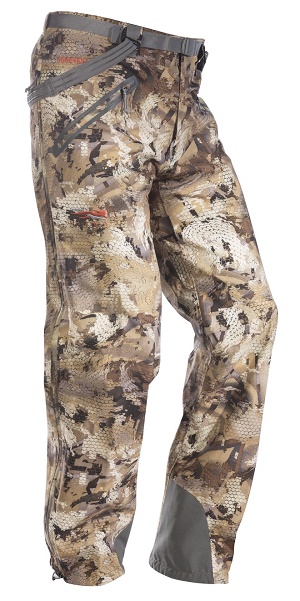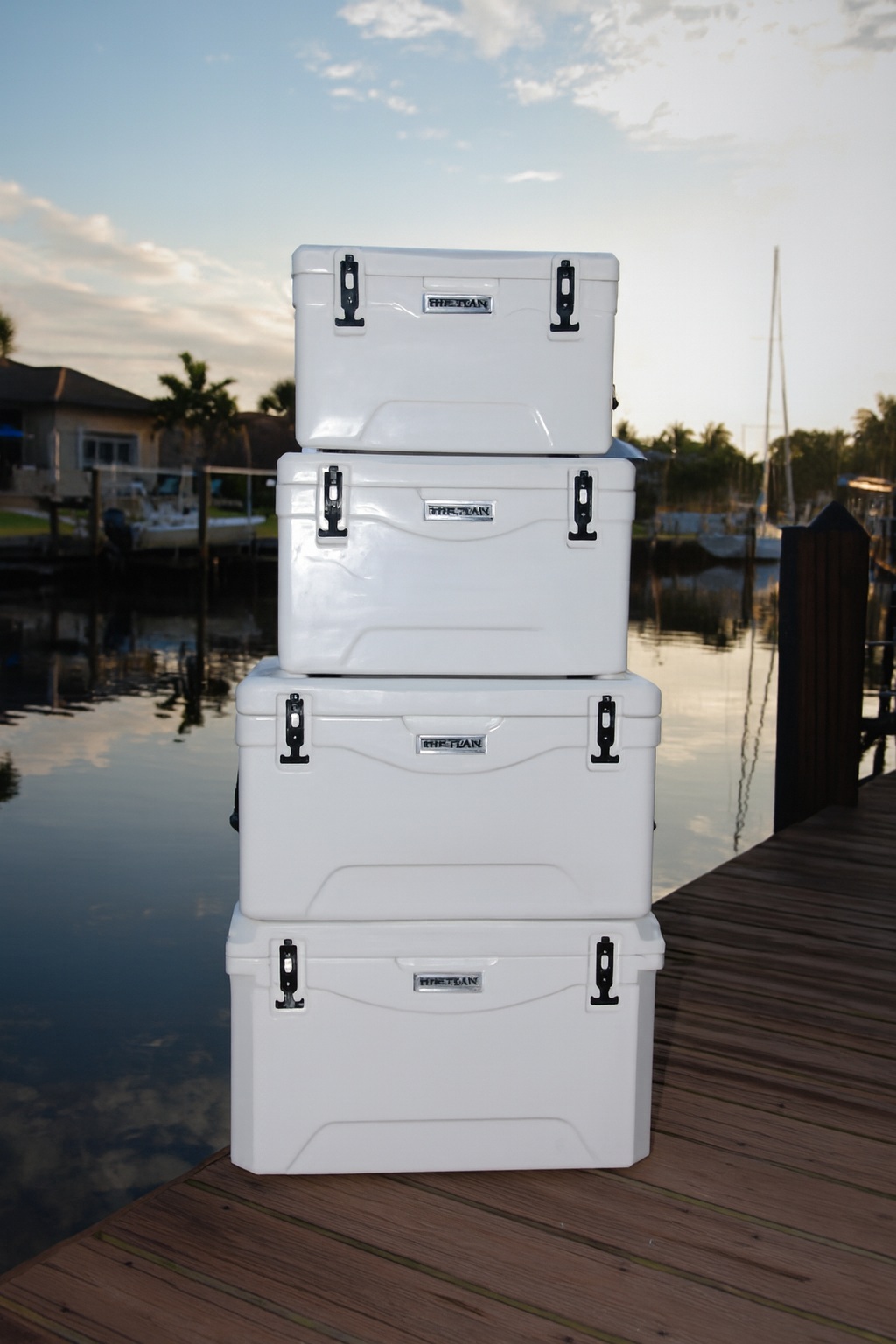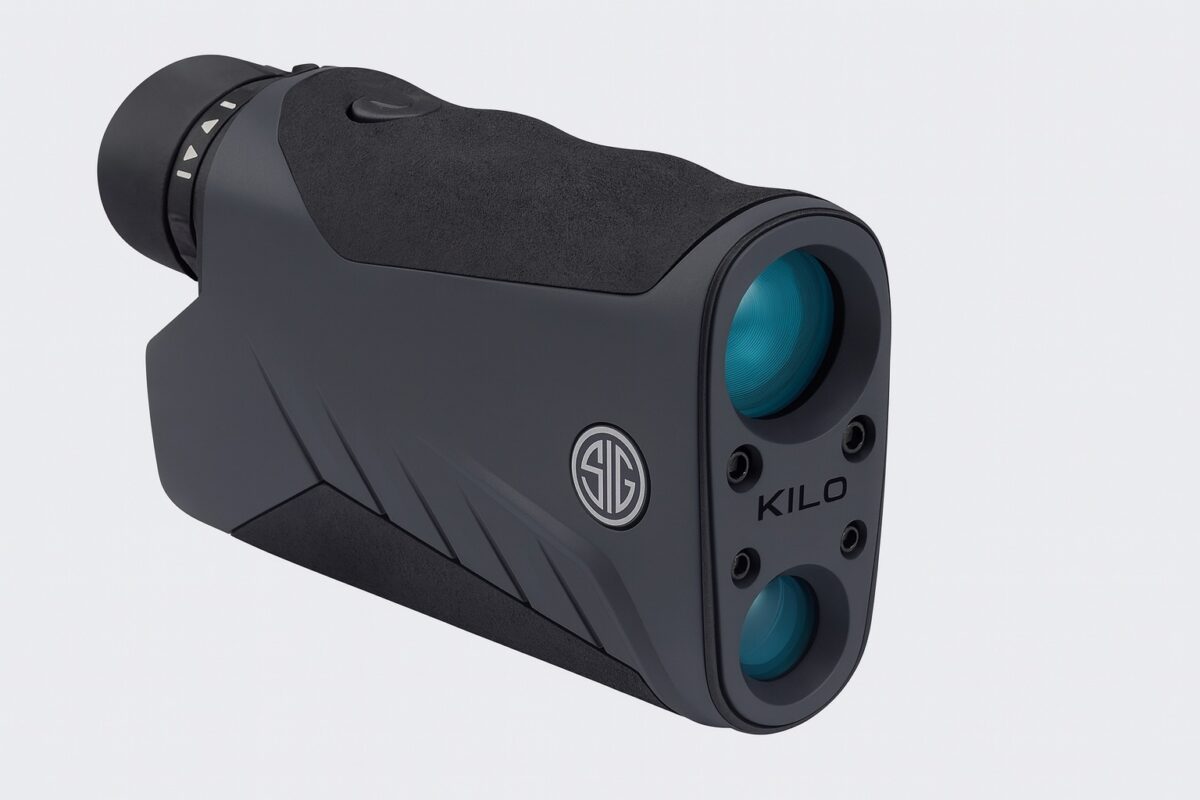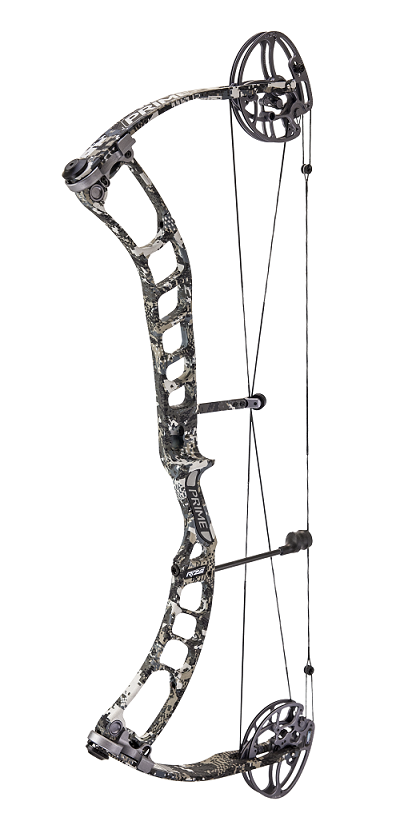Weather Protection and Material Technology
Effective hunting apparel must balance protection from rain and wind with the ability to release excess heat and moisture. Advances in textile engineering have made waterproof yet breathable clothing a standard for outdoor activity. Multi-layered fabrics with microporous membranes prevent water from entering while allowing perspiration to escape.
Waterproof outer layers made from synthetic composites form the first line of defense against unpredictable weather. The material resists water pressure and wind penetration, while its internal structure maintains air circulation. This combination ensures comfort during extended exposure to moisture, keeping the body dry without overheating.
Adaptability and Layering
Modern field clothing systems rely on modular layering. Waterproof shells, insulating base layers, and breathable mid-layers can be combined or removed as conditions change. Adjustable components such as removable suspenders, zippered vents, and flexible waist systems allow greater mobility and temperature control.
Layering offers practical benefits during long hunts in damp or variable climates. Hunters can adjust their clothing to maintain comfort while minimizing bulk, allowing easier movement through water, vegetation, or uneven terrain.
Construction and Functionality
Technical apparel designed for wet-weather environments typically includes sealed seams, water-resistant zippers, and reinforced stress points. These construction elements prevent leaks and extend the lifespan of the garment. Full-length side openings enable quick ventilation and easier removal when gear changes are necessary in the field.
Lightweight yet durable fabrics improve packability, allowing outer layers to be stored when not needed. This flexibility supports mobility, whether traveling by foot or carrying additional gear. Consistent testing in different field conditions ensures that waterproof garments remain reliable throughout multiple seasons of use.
Application in Field Conditions
Waterproof and breathable hunting apparel enhances safety and endurance during harsh weather. Remaining dry reduces heat loss, prevents fatigue, and allows for sustained focus. This kind of design also demonstrates how material science and ergonomics contribute to modern outdoor performance.
The study and refinement of weather-resistant fabrics continue to advance, offering hunters and outdoor professionals equipment that adapts to unpredictable climates. Through innovation in layering, waterproof membranes, and garment structure, today’s fieldwear provides dependable protection while supporting freedom of movement and environmental awareness.





